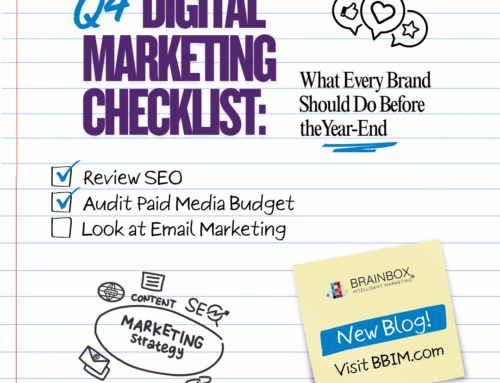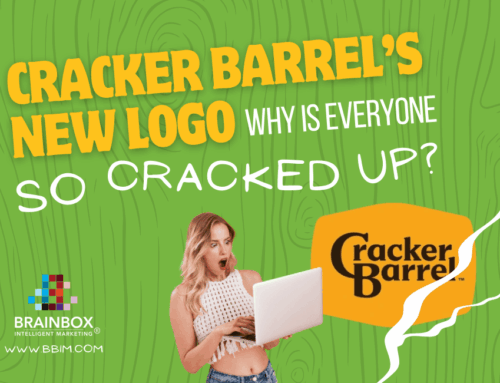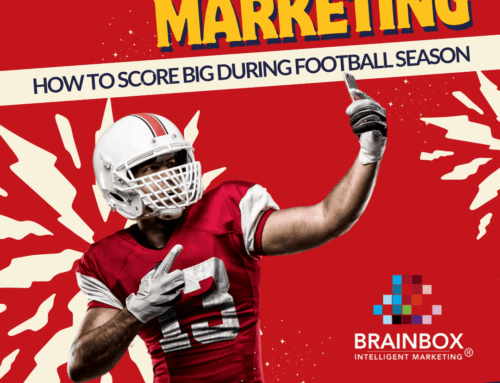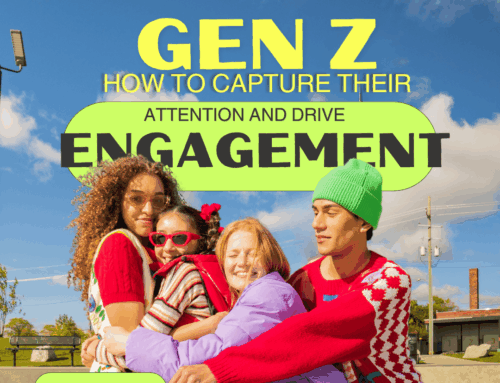
Brand Awareness Stages: From Unknown to Unforgettable
Introduction
In today’s crowded marketplaces, standing out isn’t just an advantage—it’s essential. With consumers bombarded by options, brands must do more than exist—they must be remembered. That’s where brand awareness comes in
Authenticity is Non-Negotiable for Gen Z
According to a 2022 study, brand awareness is “the knowledge about the brand, or the descriptive information about the brand stored in consumers’ memories… that can significantly influence the consumer decision-making process.” In simple terms, the more familiar your brand is, the more likely customers are to choose it over competitors.
But brand awareness isn’t built overnight. It’s a journey, not a destination. Even global icons like Amazon and Apple started as unknown names. Whether you’re launching a new product or brand, understanding where you fall in the brand awareness process can help you move forward with purpose. The stages of brand awareness are: Unaware, Awareness, Consideration, Preference, and Advocacy.

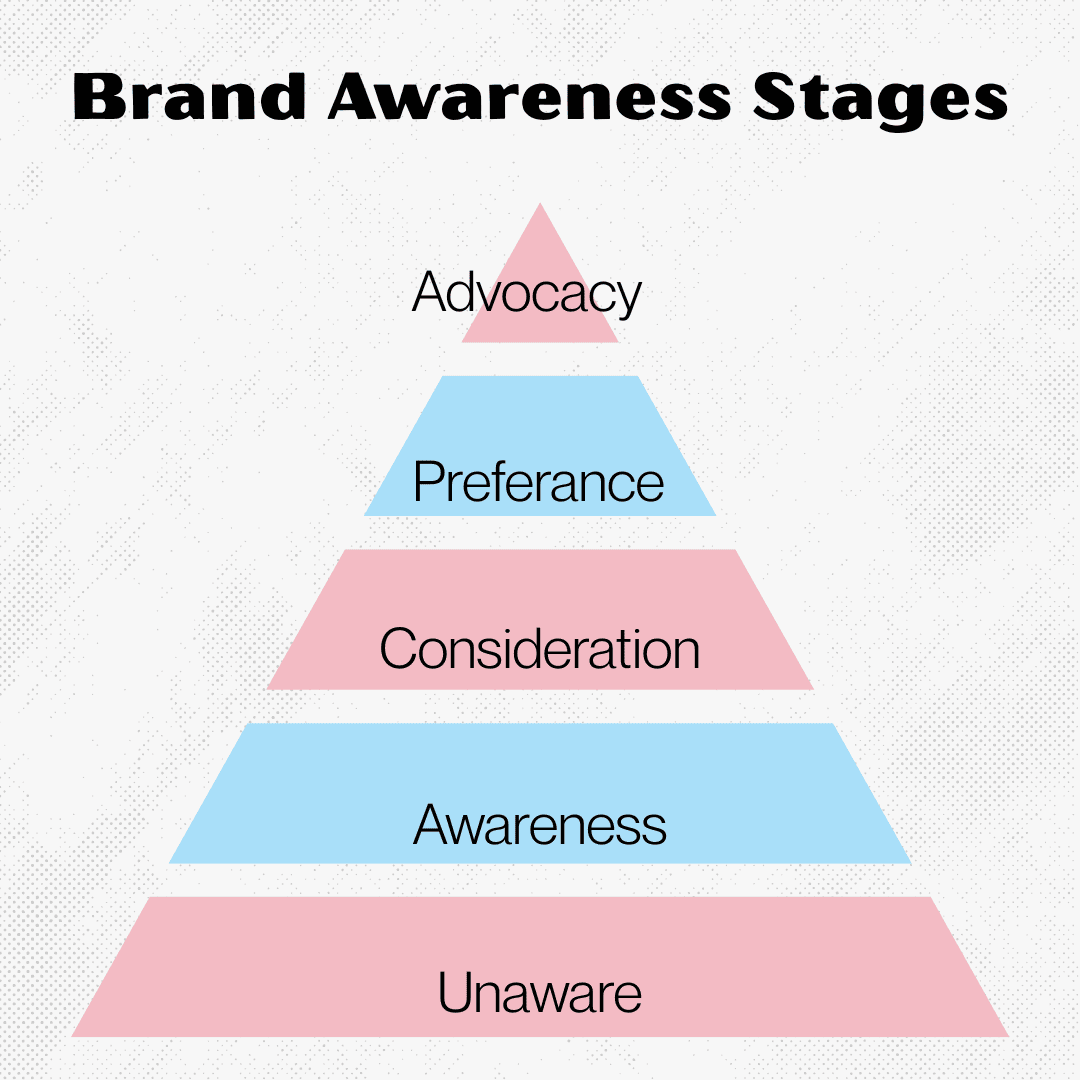
Why Understanding Brand Awareness Stages Matters
Knowing which stage your brand is in allows you to craft messaging that meets your audience where they are. In the early stages, customers may need basic education about your product or category. Later on, they may need incentives to convert—or reasons to stay loyal. This clarity also informs how to spend your marketing budget. A brand in the “Unaware” stage might prioritize visibility and reach, while a more established brand should focus on product differentiation or customer retention.
Stage 1: Unaware
In the first stage of brand awareness, the customer has no knowledge of your brand at all. This is typical for new companies or those entering a new market. The primary objective in this phase is visibility—introducing the brand in places where potential customers are already spending their time. Effective strategies include creating educational or entertaining content that’s easy to share, using paid ads to increase exposure, and optimizing web pages for SEO. At this point, you’re not selling a product; you’re simply announcing that you exist.
Stage 2: Awareness
Once you’ve made your introduction, your audience begins to recognize your name or logo. In the awareness stage, consumers know you exist, but they still don’t know much about what you do or why it matters. Your goal here is to build familiarity and intrigue. Storytelling becomes crucial—whether through blog posts, behind-the-scenes videos, or brand-centric social media content. Strategic partnerships and sponsorships can also amplify visibility. For example, Duolingo has built widespread brand awareness through humorous, brand-forward TikToks that resonate with its target audience.

Stage 3: Consideration
After you’ve sparked interest, consumers begin evaluating your brand against others. In the consideration stage of brand awareness, the audience is aware of what you offer and is deciding whether you’re the right fit. This is where trust and credibility become critical. Marketers should focus on delivering social proof through testimonials, case studies, and user reviews. Educational resources like demos, FAQs, and comparison guides also help. Collaborating with influencers or trusted voices in your industry can provide third-party validation that pushes your brand further along the decision path.
Stage 4: Preference
In the preference stage, consumers have moved beyond comparing options—they actively prefer your brand over the competition. This loyalty doesn’t come from chance. In fact, it’s the result of consistent value, emotional resonance, and brand consistency. To reinforce preference, marketers should lean into loyalty programs, personalized offers, and memorable customer experiences. Brands like Apple have mastered this. Customers who start with an iPhone often expand into the full Apple ecosystem, returning time and again because of the brand’s seamless integration and familiar user experience
Stage 5: Advocacy
At the final stage of brand awareness, customers become brand ambassadors. They don’t just prefer your brand—they promote it. Advocacy is incredibly powerful because it introduces your brand to new audiences through organic, trustworthy channels like word-of-mouth, social shares, and referrals. Tactics to encourage advocacy include creating referral programs, featuring user-generated content, and nurturing a sense of community among your customers. One classic example is Coca-Cola’s “Share a Coke” campaign,which invited customers to find bottles with their names—or their friends’ names—creating both a personal connection and a viral social-sharing moment
How to Identify Your Brand’s Awareness Stage
To determine where your brand currently falls in the awareness journey, dig into your data. Tools like Google Analytics can show you how users are finding your site. Social media insights reveal how often your brand is mentioned or engaged with. Email open rates, click-throughs, and survey feedback also offer valuable clues. Once you’ve identified your stage, align your strategy and messaging accordingly—because trying to convert someone who’s never heard of you is like proposing on a first date.
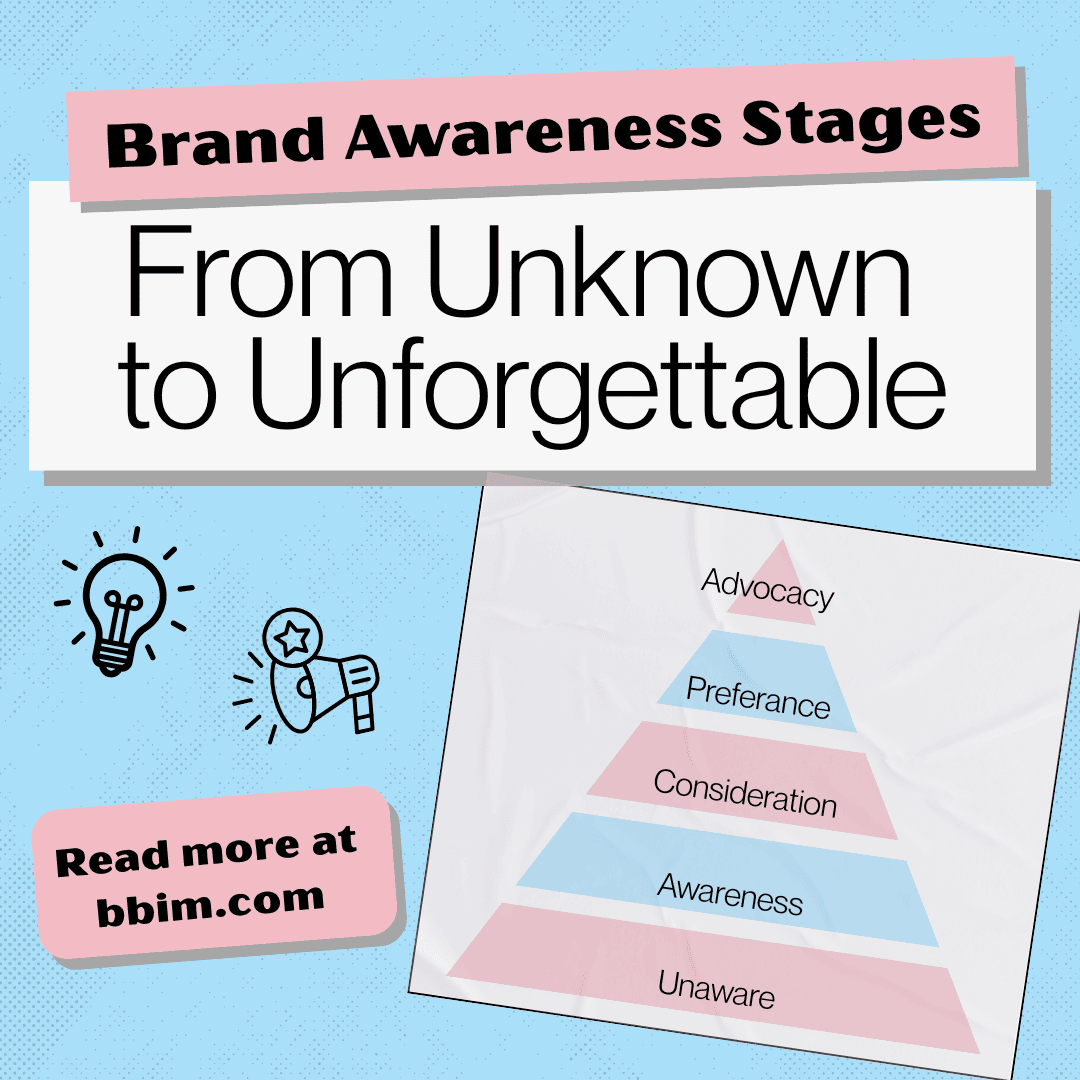
Brand awareness is more than visibility—it’s a step-by-step journey that builds trust, preferences, and advocacy. Each stage has its own goals, challenges, and opportunities. Understanding where your audience stands allows you to meet them with the right message at the right time. Whether you’re creating your first brand campaign or refining a long-standing strategy, being intentional about your place in the brand awareness funnel will help you grow smarter and faster.
Ready to Strengthen Your Brand Awareness Strategy?
Not sure what stage your brand is in—or how to move to the next? Contact us for a brand awareness consultation designed to meet your business where it is and move it forward with purpose
